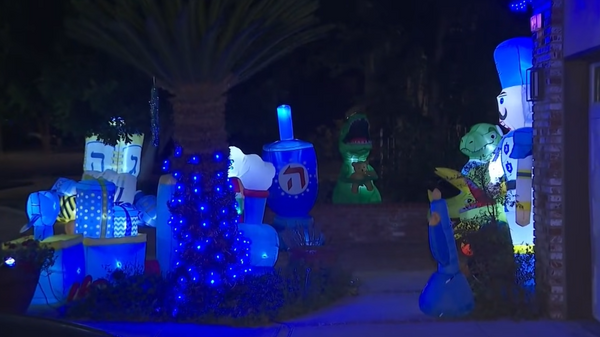
You get an urgent text. At first glance, it looks like it’s from your bank. It says a suspicious $500 Zelle payment was just sent from your account. Naturally, you panic. You definitely did not send that. The text says: ‘To cancel this payment, you must decline it. We are sending a Zelle pay request to reverse the charge. Please approve it immediately.’ Then, you see the request pop up. You click ‘Approve.’ Just like that, your money is gone. This is the Zelle pay request scam, and it’s draining accounts precisely because it’s so clever.
How the Scam Works: A Step-by-Step Breakdown
This scam is brilliant because it uses your own panic against you. Here’s the play-by-play.
The Bait: You receive a text message or email that looks official. It’s from ‘Chase,’ ‘Bank of America,’ or ‘Wells Fargo.’ It warns of a large, unauthorized Zelle payment.
The Panic: You panic. Consequently, you want to stop this fraudulent charge now.
The ‘Solution’: The scammer, still pretending to be your bank, tells you the only way to reverse the charge is to accept an incoming Zelle request for the same amount.
The Trap: You see the request in your Zelle app. You think you are ‘declining’ or ‘reversing’ the charge. In reality, you are approving a new payment to the scammer. In short, you aren’t stopping a payment. You are sending one.
Why Is This Scam So Effective? It Uses Zelle’s Best Feature.
Zelle’s entire purpose is to send money instantly to friends and family. It’s like handing someone digital cash. Because of this, transactions are almost always instant and irreversible. There is no ‘pending’ status. There is no ‘reversal’ button. Scammers know this. Furthermore, they understand that once you approve that request, the money is in their account in seconds. From there, they can transfer it out, and it’s gone for good. Ultimately, they use the platform’s speed as a weapon.
The ‘Oops, Wrong Person’ Variation
There’s another common Zelle pay request scam. For example, you get a random Zelle payment for a few hundred dollars from a stranger. You’re confused. A few minutes later, you get a text. ‘Oh no, I’m so sorry, I sent that to you by mistake! I meant to send it to my sister. Can you please send it back?’ You, being a good person, send the money back. The problem? The original payment was made from a stolen credit card. Eventually, when the real cardholder reports the fraud, the bank yanks that original $200 from your account. You are now out $200. In effect, you sent your own money to the scammer.
The Marketplace Scam (Facebook, Craigslist)
This is common when you’re selling something online. A ‘buyer’ agrees to pay you with Zelle. They claim they’ve sent the payment, but you don’t see it. Then, you get a fake email that looks like it’s from Zelle. It says you have a ‘business account’ and must accept a ‘Zelle pay request’ from the buyer to ‘unlock’ your account. Of course, this is a lie. They are simply tricking you into sending them money.
The Red Flag: What Your Bank Will Never Do
This is the most important part. To be clear, your bank will never ask you to send money to stop a transaction. They will never send you a ‘reversal request.’ Instead, to stop fraud, a bank will cancel a transaction on their end. They will never ask you to ‘approve’ a request to get your money back. That idea makes no sense. The moment you see a ‘request’ to fix a problem, you know it’s a scam.
How to Protect Yourself Immediately
Treat Zelle like it’s cash. Once you send it, it’s gone.
- Rule 1: Only send money to people you know and trust. Period.
- Rule 2: Never, ever approve a Zelle pay request you were not expecting.
- Rule 3: If you get a ‘fraud’ text, do not reply. Log into your bank app separately (not from a link) to check your account.
- Rule 4: If a stranger sends you money, do not touch it. Do not send it back. Instead, contact your bank and report the error. Let them handle the reversal.
Pause. Breathe. Verify.
Scammers rely on one thing: your panic. Specifically, they create a crisis that only they can solve, and they demand you act now. Your best defense is a hard pause. Never click a link in an urgent text. Never approve a request you didn’t initiate. Always log into your bank app directly and verify everything. In the end, a few seconds of skepticism is the only thing standing between you and an empty bank account. Be skeptical.
Have you or anyone you know almost fallen for a payment app scam? Share what happened in the comments.
What to Read Next…
- 8 “Secure” Payment Apps That Don’t Cover You in Court
- Why Businesses Are Refusing Payments From Women Over 50 (It’s Not Discrimination)
- 8 Dangerous Rental Agreements That Begin With a Friendly Text
- Theft Without a Trace: 8 Scams That Left Families Broke
- 9 Ruthless Scams That Prey on Families Right After a Death
The post The ‘Zelle Pay Request’ Scam That’s Draining Entire Bank Accounts in Seconds appeared first on Budget and the Bees.







